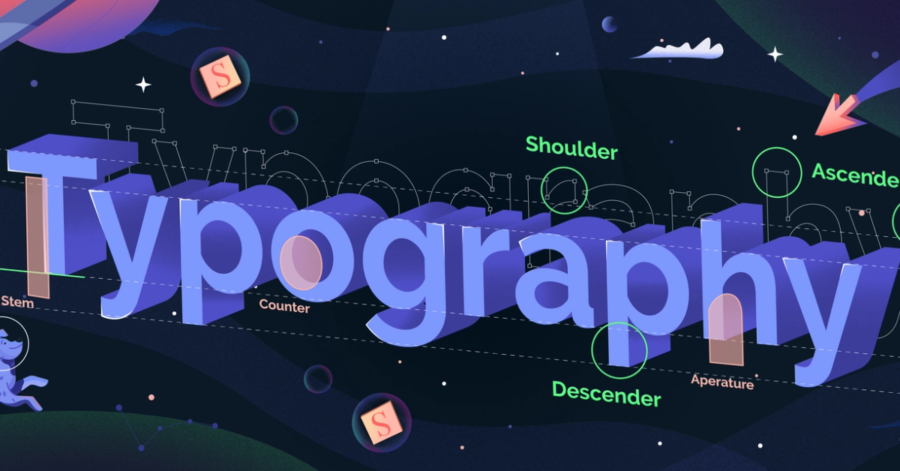In the digital age, where attention spans are fleeting, visual storytelling has become a powerful tool for conveying messages and capturing audience engagement. The art of visual storytelling goes beyond the use of images; it involves a strategic combination of graphics, colors, and narrative elements to create a compelling and immersive experience. Let’s delve into the strategies and impact of leveraging graphics for maximum storytelling impact.
1. The Power of Infographics: Simplifying Complexity
Infographics remain a cornerstone of visual storytelling, simplifying complex information and making it easily digestible for audiences. In 2023, designers are pushing the boundaries of infographic design with dynamic layouts, engaging animations, and vibrant color schemes. These visual aids not only enhance understanding but also leave a lasting impression on the audience.
2. Interactive Graphics: Engaging the Audience
Interactivity takes visual storytelling to the next level by allowing users to actively engage with the content. From interactive maps to scroll-triggered animations, designers are incorporating features that encourage audience participation. This approach not only enhances the user experience but also creates a sense of immersion, turning passive viewers into active participants in the narrative.
3. Cinematic Storyboards: Sequential Narratives
The use of cinematic storyboards has gained prominence as a visual storytelling technique. Designers are adopting a sequential narrative approach, presenting information in a chronological order that mimics the flow of a story. This technique is particularly effective in guiding the audience through a process, showcasing product features, or illustrating a journey, creating a sense of progression and coherence.
4. Emotional Color Palettes: Eliciting Feelings
Colors play a crucial role in visual storytelling, influencing emotions and perceptions. In 2023, designers are strategically choosing color palettes that align with the emotional tone of the narrative. From warm and vibrant hues for uplifting stories to cool and muted tones for more serious topics, the use of emotional color palettes adds depth and nuance to visual storytelling.
5. Custom Illustrations: Branding Through Art
To create a unique and memorable visual identity, brands are increasingly turning to custom illustrations in their storytelling. These illustrations go beyond stock imagery, allowing brands to convey their personality and values through art. Custom illustrations add authenticity and originality to visual storytelling, helping brands stand out in a crowded digital landscape.
In conclusion, the art of visual storytelling is a dynamic and evolving field, with designers harnessing the power of infographics, interactivity, cinematic storyboards, emotional color palettes, and custom illustrations. By strategically leveraging graphics, designers can create narratives that resonate with audiences, leave a lasting impression, and foster a deeper connection between brands and their consumers. As we move forward, the fusion of creativity and technology will continue to shape the landscape of visual storytelling, offering new possibilities for brands to communicate and connect.

